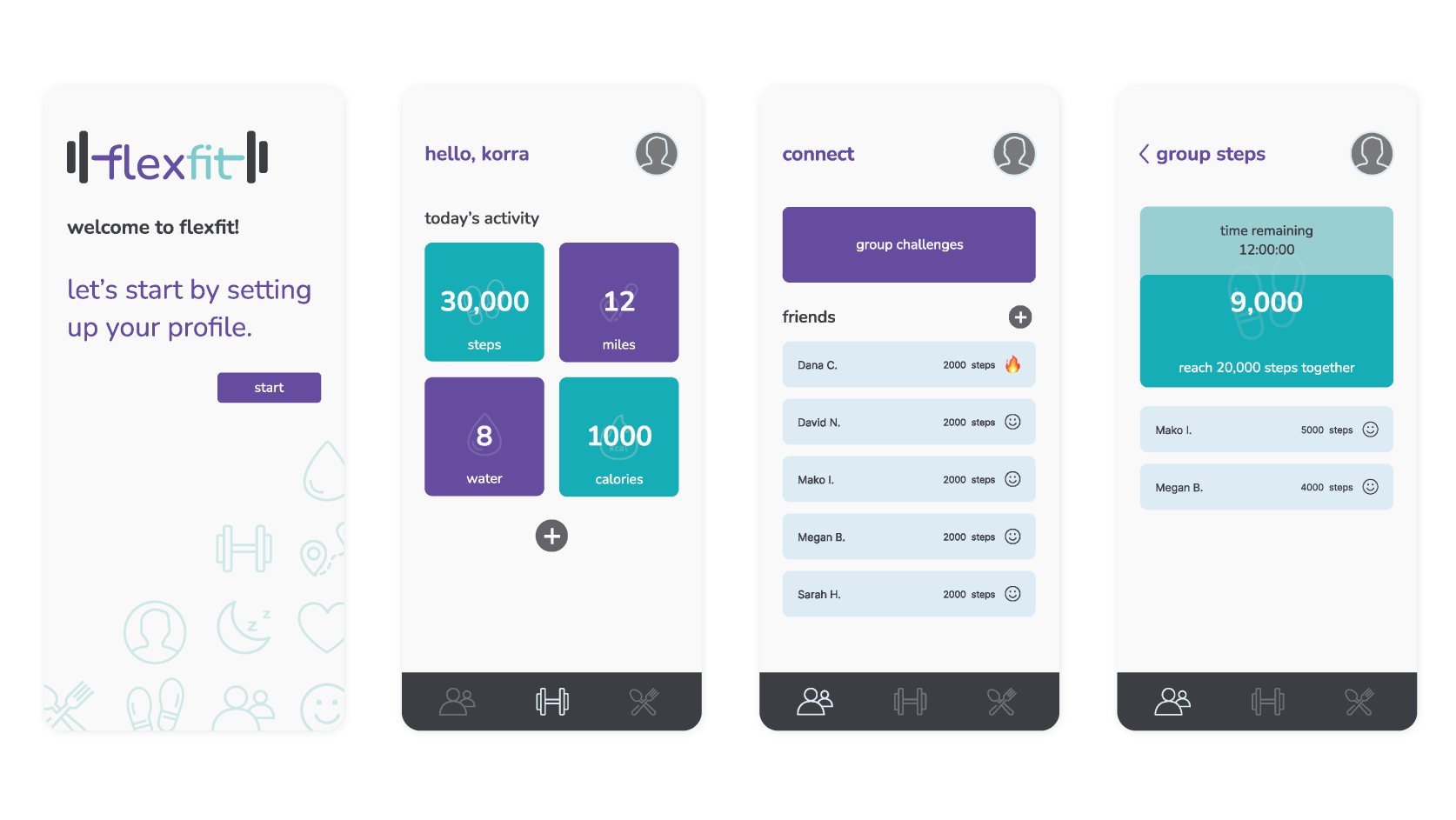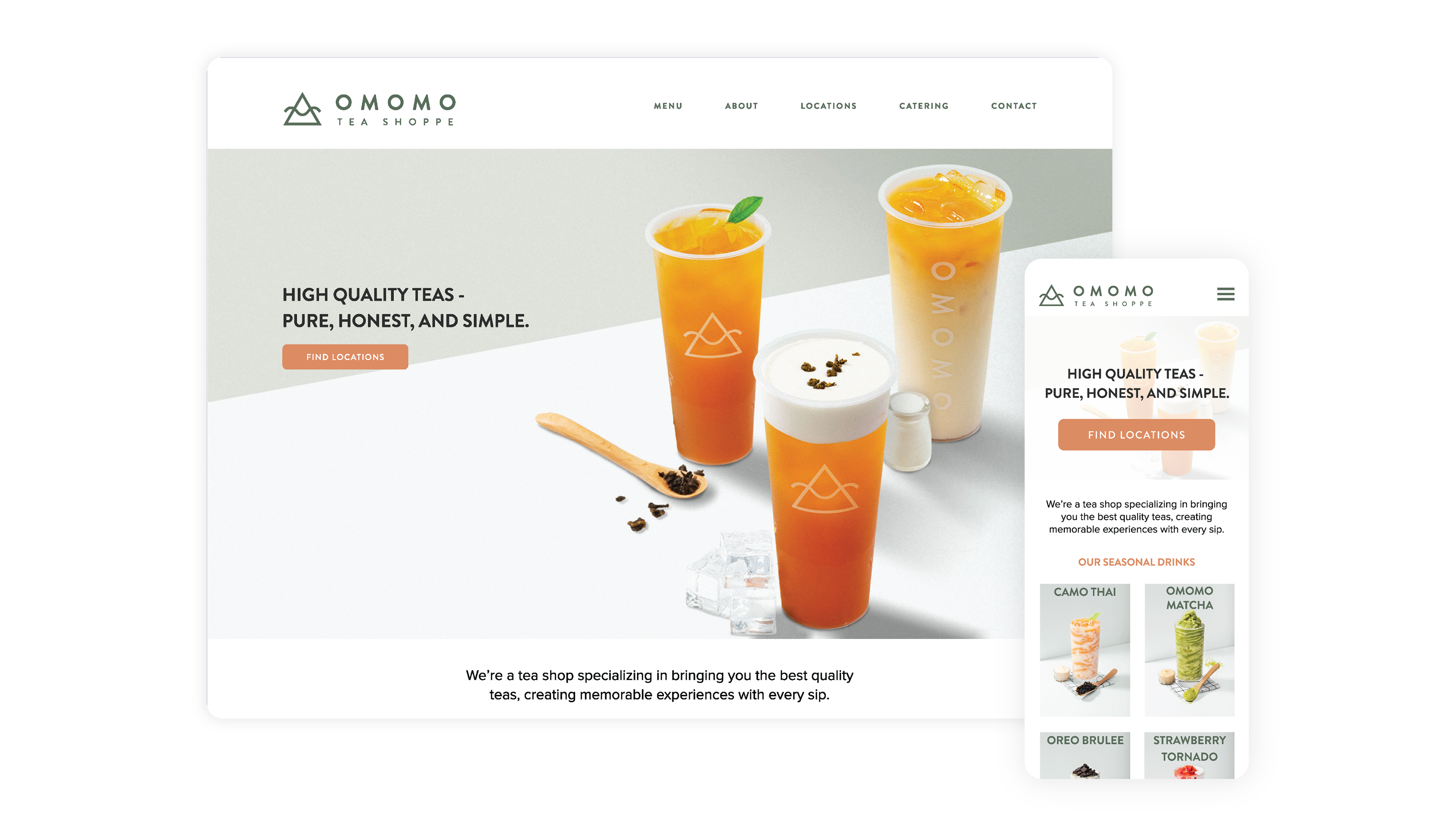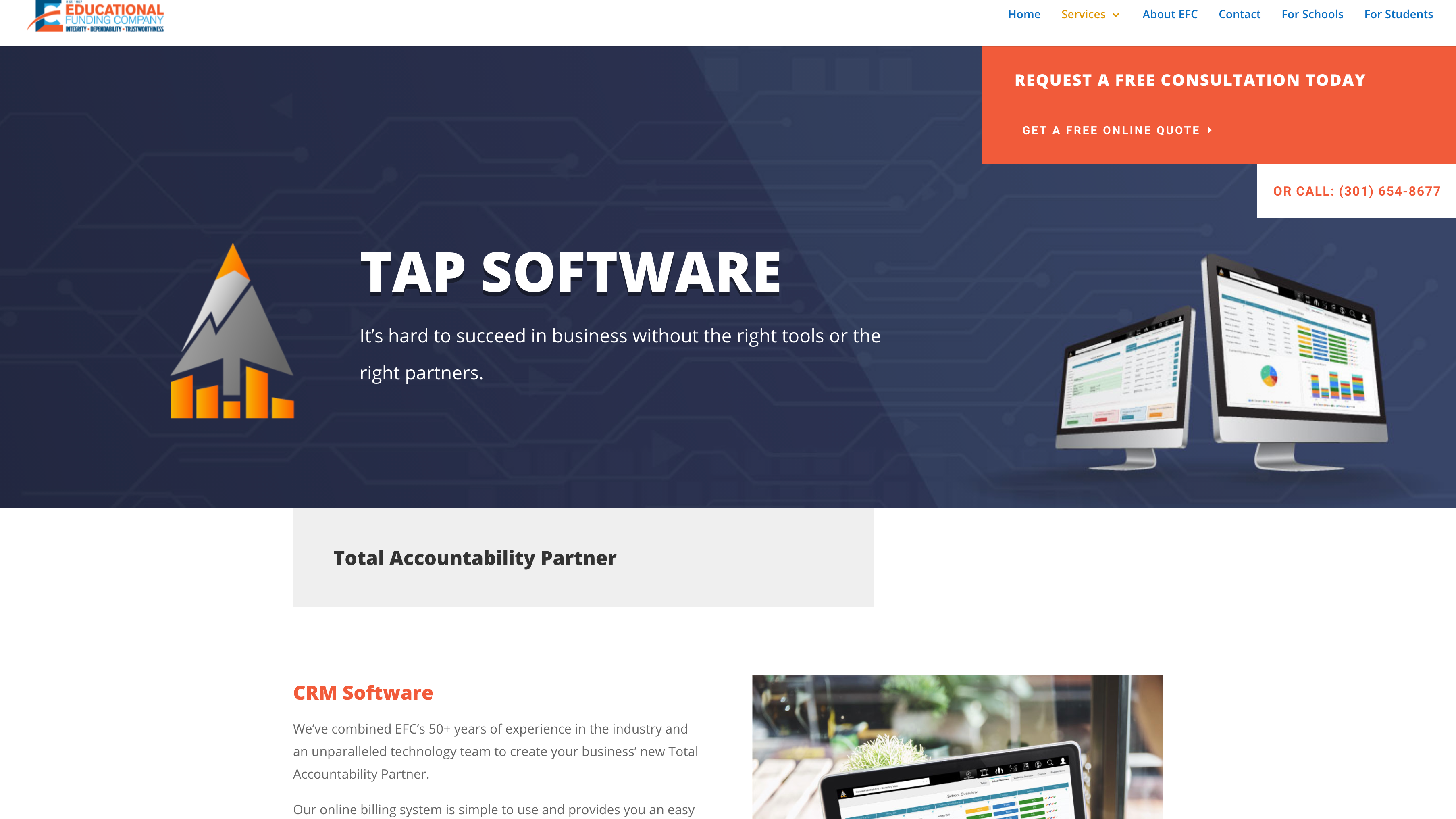Introduction
In 2023 Department of State's Consular Affairs Customer Experience program (CA/CX) temporarily established the Travel.State.Gov (TSG) team to support the redesign of the website.
This site consistently ranks among the top 10 most visited federal government sites with over 600 million annual page views as of 2024. The TSG website serves as the digital gateway for various CA services, including U.S. Passports, U.S. Visas, International Travel, Intercountry Adoptions, and more. The TSG website redesign project represents a pivotal shift towards a customer-first approach, marking the first time customer needs have been the driving force behind every stage of design and development.
At the heart of the CA/CX design process, Human-Centered Design (HCD) ensures that customers are central to crafting new solutions. Our work follows HCD's four phases: discovery, design, delivery, and measurement. This systematic approach is not only redefining the redesign processes for TSG but also enabling continuous, iterative development, leading to consistent, customer-centric improvements.
While significant progress has been made, this transformative work is ongoing and has not yet been completed. The CA/CX team remains deeply committed to delivering a website that truly serves the evolving needs of our customers, and will continue to support TSG through CX teams embedded in Passports and Overseas Citizens Services.
Launched in January 2025, The Congressional Liaison section was the first section of TSG to undergo a redesign. The International Travel section of TSG was chosen as the next area of the website to redesign, with a planned launch in summer 2025. To inform this effort, CA/CX conducted moderated user interviews with customers who recently used or intended to use the site for international travel information. This research provided critical insights into key components of the International Travel section, including travel advisories, destination pages, the global map, the Smart Traveler Enrollment Program (STEP), and more.
Problem:
One of the main insights of our initial customer exploratory research was that while customers acknowledged the wealth of information on TSG, they found the current site overwhelming and confusing to navigate. Customers often sought both travel advisories and destination-specific details. However, because the existing TSG separated these pages, they frequently found only one, missing other crucial information. To resolve this, the redesign combined these pages into clear, unified destination pages.
Comparison of the original design and the newly redesigned page for Mexico
Research:
In parallel with this customer research, the CA/CX TSG team also conducted interviews with consular sections abroad. These discussions aimed to understand how American Citizens Services (ACS) safeguard the safety and security of U.S. citizens overseas. A key insight from this outreach was that most U.S. citizens planning international travel begin their online journey on TSG, not directly on a U.S. consulate's website. This makes it critically important that TSG provides accurate pre-travel information and seamlessly directs users to relevant consulate resources and information.
Design Systems:
We directly implemented the customer feedback gathered during this comprehensive research effort to redesign the International Travel section. While patterns and a shared component and style library were developed for the Congressional Liaison section, additional components were specifically created for the International Travel section.
Updated destination pages with all four travel advisory versions
Prototyping / Usertesting:
To test the redesign of the International Travel section, we built a desktop and mobile prototype within Figma. External customers were recruited through UserTesting.com to validate the design lift of the landing pages, Destination Pages, and the Travel Advisories. The primary goal was to validate whether the prototype effectively addressed the main challenges of the current site, such as overwhelming information and layout, outdated design patterns, and customers missing key information due to confusing navigation.
Status: The International Travel section of TSG launched in August 2025 with 10 destination pages and a few of the core landing pages to start. The redesign efforts on the remaining sections of the website is still ongoing.
Additional Work on Travel.State.Gov
Internal Stakeholder Alignment:
In February 2024, we conducted internal research, interviewing staff from Passport (CA/PPT), Visas (CA/VO), Overseas Citizen Services (CA/OCS), and Children Issues (CA/OCS/CI). These interviews enabled the team to create a shared understanding of their business objectives and identify user needs and pain points for the redesign.
With a foundational knowledge of the project, we then facilitated an alignment workshop with the staff. This workshop was strategically divided into multiple working sessions to define key decisions related to the website redesign. These included establishing core principles, creating a shared product vision, identifying success metrics, and connecting top tasks with specific user segments.
Shared Components and Style Library:
The team created a design system to empower designers and developers. It enables easy sharing of components, styles, and variables across TSG services, maintaining a clear and consistent user experience. The library accelerates design and development with reusable components and styles based on the U.S. Web Design System (USWDS). It ensures consistent branding for all CA digital services, fostering greater customer trust and recognition. The design system evolves as the redesign project continues, adding new components and styles as needed.
Examples from the expansive TSG component library
Additional Work on Travel.State.Gov (continued):
Congressional Liaison:
The Congressional Liaison section (accessible only for federal employees) of TSG was selected as the first section of the website to undergo a full redesign, officially launching in January 2025. We began with a collaborative workshop involving CA web leads to align business objectives with the proposed user experience.
Concurrently, the team conducted customer research on redesigned prototypes with congressional staffers. This research informed the proposal of a new user experience, featuring an updated information architecture that complimented staffers' daily workflows and needs.
A core focus was to deliver a more intuitive, accessible, and visually appealing experience. To achieve this, the team introduced modernized and simplified visual and interaction designs, forming the foundation for an updated component and style library. This library is built upon the U.S. Web Design System (USWDS), delivering a modern, engaging look that reflects the Department's brand. This new branding strategy brings TSG's design closer to the main state.gov site, creating a more consistent user experience across both platforms.
To accelerate and iterate in the delivery, the team leveraged an agile development approach, collaborating with a CST contractor team to build the new site in Adobe Experience Manager (AEM) Touch UI.
U.S. Passport Services
We conducted moderated user interviews with U.S. citizens who recently used or intended to use the site to obtain a passport. This research established a strong baseline upon which to build the redesign of this section, allowing the team to identify critical user needs, pain points, and existing usability issues.
We started the redesign of the U.S. Passports section, collaborating with Passport Services leaders. We conducted card sorting and multiple tree tests conducted via UserTesting.com to evaluate different information architecture options. These tests revealed that organizing information as a user journey—allowing users to find specific details before, during, and after applying for a passport—would significantly enhance the user experience and reduce information retrieval time.
With the U.S. Passport section attracting a large volume of Spanish-speaking users, the team explored various options to enable users to switch between English and Spanish content. Passport Services is currently considering translating every single page into Spanish upon completion of the redesign.
Substantial progress has been achieved in the Passport section however, additional work remains. This encompasses evaluating homepage options and developing specific passport pages to provide detailed application information and resources.
Special Issuance Agency:
Concurrently with the U.S. Passport webpage redesign efforts, we actively advanced work on the Special Issuance (SIA) section (accessible only for federal employees) within the U.S. Passports section. SIA is responsible for issuing specific passports for government employees and contractors, and managing related visa and documentation needs for official travel.
The team conducted moderated interviews with internal and external customers. The resulting study provided a clearer understanding of SIA operations, uncovering specific areas for enhancement and identifying opportunities to optimize workflows.
We also initiated card sorting to inform and validate the information architecture from the perspective of internal SIA customers. This study was prompted by the need to reorganize the customer's experience when using this section of the website. However, this test remains incomplete due to insufficient participant recruitment.
Intercountry Adoptions:
CA/CX completed an initial exploration of the Intercountry Adoptions section. The team developed designs for some key pages and gathered feedback from the Adoptions business unit leaders. The work on this section remains in progress.





